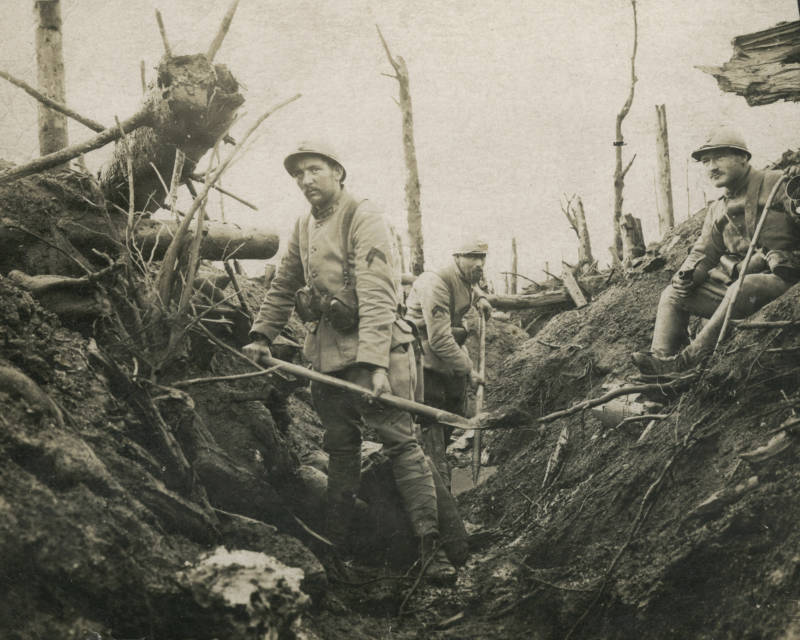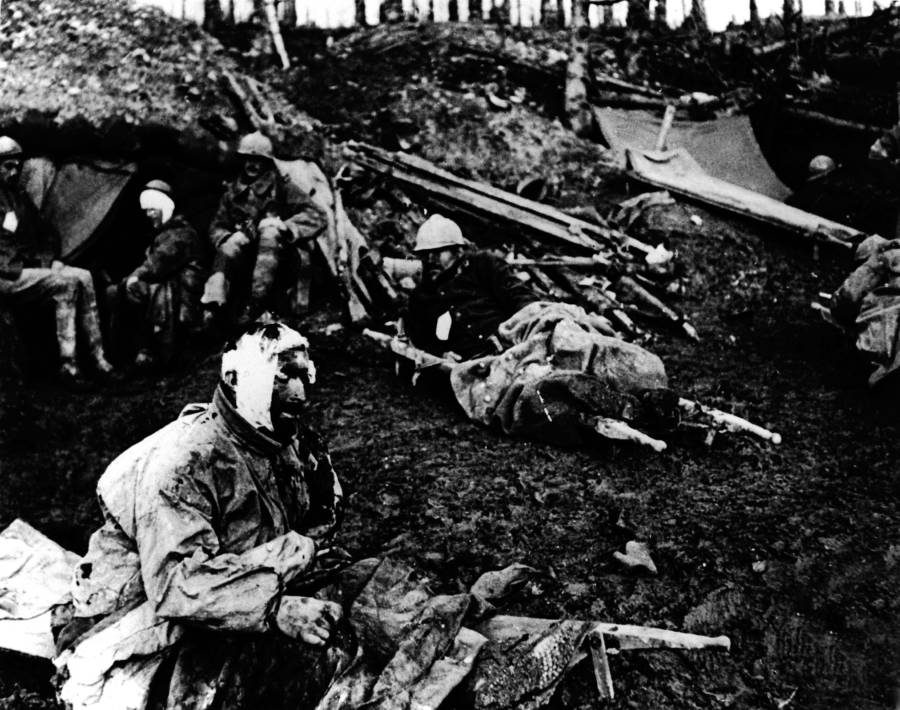

He deployed virtually the entire nation in the battle. The French general used a clever tactic to counter Germany's goal of obliterating the French. Philippe Petain, Verdun's defender, saw through von Falkenhayn's intentions. However, Supreme Commander Erich von Falkenhayn was not seeking a breakthrough or surround-and-capture operation: Verdun was a blood pump that was to bleed the French dry - or, in the officer's own words, "bleed them white." Under no circumstances could Verdun fall into enemy hands.Īnd, military experts and historians widely agree, Verdun was not a good starting point for the Germans if they had really intended to push forward the 250 kilometers to Paris. It was place of great psychological significance for the French.


This is where the Carolingian Empire was divided into the three kingdoms from which eastern and western France would evolve at the end of the medieval period. The city in the Lorraine region "was a symbol of the German-French conflict," the historian Herfried Münkler said. Verdun - with its hilly landscape along the Meuse River, which bends around the city - was more than a strategic military location to the French. They did not "fall" as soldiers had in previous wars they were torn apart, blown up or pulverized. Five hundred were killed per day on the German side, even more on the French. Over 300 days, 162,000 French and 143,000 German soldiers would lose their lives. The German author Ernst Jünger called it a "storm of steel." Europe had been at war for a year and a half at that point, but the Battle of Verdun ultimately became the symbol of World War I. Two hundred kilometers (120 miles) in the distance, the cannons of Verdun could be heard. The world had never seen anything like it. Hundreds of German barrels of all calibers fired for nine hours straight. A French counter-attack to take the Bois des Caures failsĢ4 February – The German advance takes several other key points, pushing the 51st Division off the Bois des Fosses and capturing Ornes village on the Meuse. The French second line of defences collapsesĢ5 February – Fort Douaumont is taken by the German 24 th Infantry Regiment.The barrage that announced Operation Judgment began in the early hours of February 21, 1916. The hill is taken and Driant is killedĢ3 February – Brabant is captured, and Samogneux’s defence looks precarious. The Bois d’Haumont and the Bois d’Herebois fall to the Germans, but Driant’s Chasseurs just manage to hold on to the Bois des CauresĢ2 February – The Germans renew their artillery bombardment at first light, then use a greater weight of forces to overwhelm the defence of the Bois des Caures. – Bombardment ceases and the German infantry assault begins. – German artillery units begin their preparatory bombardment at VerdunĤ.45 a.m.

Drianty’s Defence and Douaumont’s Fall 1916Ģ1 February – The Battle of Verdun begins with a lengthy German preparatory bombardment and an infantry assaultĤ.00 a.m. A timeline of the Battle of Verdun, which lasted for 303 days between February and December 1916 and became the longest and one of the most costly battles in human history.


 0 kommentar(er)
0 kommentar(er)
